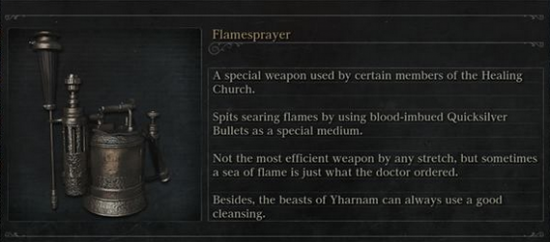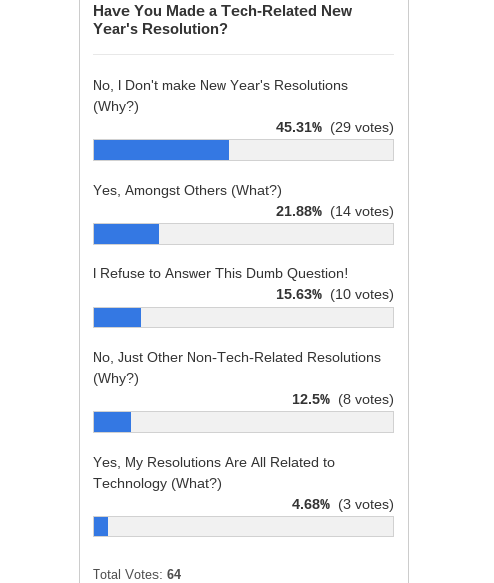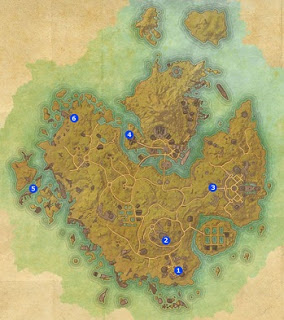

Though the concept of a drone vehicle has been around for several decades — mainly in the context of military and war — it wasn’t until 2014 that consumer interest in drones really exploded. Now, people are coming up with all kinds of practical uses that are set to change our everyday lives.
Drone applications can often feel too theoretical and “out there”. We know that drones have many incredible uses for the future and that they will soon revolutionize entire industries, but what about for you and me? What kind of tangible benefits can we look forward to?
Several, in fact. We may still be in the infant stage of consumer drone technology, but it won’t be long before we reach that point when we’re wondering how we ever lived without drones in our lives.
For those who weren’t aware, you should know that Amazon has long been working on a drone-based delivery system for its packages. The ultimate goal of this system, which is called Amazon Prime Air, is to fly individual packages out to customers within 30 minutes of ordering.
If they manage to make this a reality, it would end up being one of the best reasons to subscribe to Amazon Prime — on top of all the other amazing benefits you can already take advantage of. The good news is that Amazon recently announced the ability to carry a five-pound package over 10 miles in under 30 minutes.
In other words, this concept of drone-based deliveries is more than just a pipe dream. And it’s more than just a publicity stunt. Amazon is truly working towards making it happen, and the online retailer has made a lot of real progress in just a few years. There are still a handful of challenges and obstacles to overcome, but we’re staying optimistic.
What’s really great about Amazon’s initiative is that it will pave the way for other services to start using drones for personal on-demand deliveries. Imagine new local startups that could deliver pizzas, beer, or even medicine to you in the blink of an eye.
That last point is an interesting one. Consider, for example, if you had a lethal allergic reaction. Instead of driving through traffic or waiting for an ambulance, maybe a special healthcare service would fly an epi-pen to your location within minutes.
Camera plus drone equals infinite possibilities. It was one of the very first ideas that people had when consumer drones exploded in popularity, and people are still coming up with novel applications for aerial photography to this day.
Some of the results are beyond spectacular — so much so that you have to see them to believe them. Drone cameras have been able to capture footage from angles and distances that were pretty much impossible until now. We’re on the verge of a new era in photography.
But even if you aren’t creative, drone cameras have other uses that you may find indispensable.
Think about photographic evidence. Dashcams were once considered unnecessary, but there are many stories of how those same dashcams have come in handy for all kinds of drivers. With the right kind of dashcam, you could be protecting yourself.
Not that you should use a drone as a dashcam replacement, but just as dashcam footage can help resolve legal issues, so can footage from drones. In a bad neighborhood, for example, you could use a drone to record a shootout or a break-in without putting yourself in harm’s way.
Municipally speaking, drones could lead to safer streets through more dynamic public surveillance. Obviously this would raise concerns over personal privacy, but done properly, no one can deny that it would likely put a noticeable dent in rates of violent crime.
On a more personal level, you could employ a handful of small drones to keep watch over your own property. Technology already exists that lets you set patrol paths for drones using GPS-based waypoints in 3D. This could be a possible next step for smart home security.
It’s no secret that many organizations are trying to use drones to better understand the atmosphere and the environments in which we live. In 2014, China vowed to fight pollution with drones, and in 2015, drones were used to measure pollution in the Peruvian Andes.
On a more local scale, however, you may soon be able to gather data about air quality and conditions using your own personal drone. Send it up into the air and grab readings on pollen count, pollution levels, and even more mundane things like temperature and humidity.
In short, drones could help monitor the air quality of a potential new residence, thus informing you on whether you should go through with the move (or whether you should leave your current residence).
Speaking of residences, drone cameras — which we mentioned earlier — can also help you make the most informed decisions when choosing where to live. I know first-hand how frustrating it is to hunt for a new apartment, mainly because the photos are rarely true-to-life.
Now imagine if real estate ads included a fly-through of the entire place using a miniature drone. You’d get to see exactly what the apartment looked like, and you wouldn’t be duped by manipulated photos that can make a place appear very different than it actually is.
In 2015, Facebook announced that it had successfully created a solar-powered drone that could theoretically stay between 60,000 and 90,000 feet in the sky for up to three months at a time. Each drone would have a ground reach radius of about 50 miles.
With thousands of these drones working together, we’d end up with a network that could potentially provide Internet access to the entire world — and this could even be the first step that eventually enables us to end the stranglehold that companies like Comcast have on America’s Internet.
But global drone-provided Internet is still many years off into the future, so what kind of infrastructural benefits can we reasonably expect in the next few years?
A major one will be improved maintenance and upkeep for roads and bridges. Think about it: when a road needs to be examined for safety and integrity, an actual person needs to drive out there in person. Sometimes, the examination even requires the shutting down of lanes or roads. It’s not as efficient as it could be.
Bridges are even worse. In 2013, at least one out of every 10 bridges in the United States needed serious repairs or replacements, and even more bridges were structurally deficient. With drones, these problems could be detected faster at less cost and improve safety for everyone.
At this time, drones still fall somewhere between “luxury gimmick” and “recreational fun only,” but the tipping point is just around the corner, and when it does, you’ll want to be ready for it. That’s why you should start preparing now.
Thinking of buying your first drone? Here are a few important questions to ask yourself so you don’t make any mistakes or end up wasting money unnecessarily. Also, you should be aware of these common drone-related security issues just in case.
What do you think of drones? Are you excited or unimpressed? Will you dive into it immediately or wait a few years and see how it pans out first? Tell us your thoughts down in the comments below!




 Medal of Honor: Warfighter Walkthrough
Medal of Honor: Warfighter Walkthrough ESOTU (PS4 / Xbox One) skyshards locations
ESOTU (PS4 / Xbox One) skyshards locations Captain Toad: Treasure Tracker Walkthrough
Captain Toad: Treasure Tracker Walkthrough Fallout 4: Entrance Code For Road To Freedom Quest Revealed (Update)
Fallout 4: Entrance Code For Road To Freedom Quest Revealed (Update) How to Summon all the NPC, Location and Requirements in Bloodborne: The Old Hunters
How to Summon all the NPC, Location and Requirements in Bloodborne: The Old Hunters